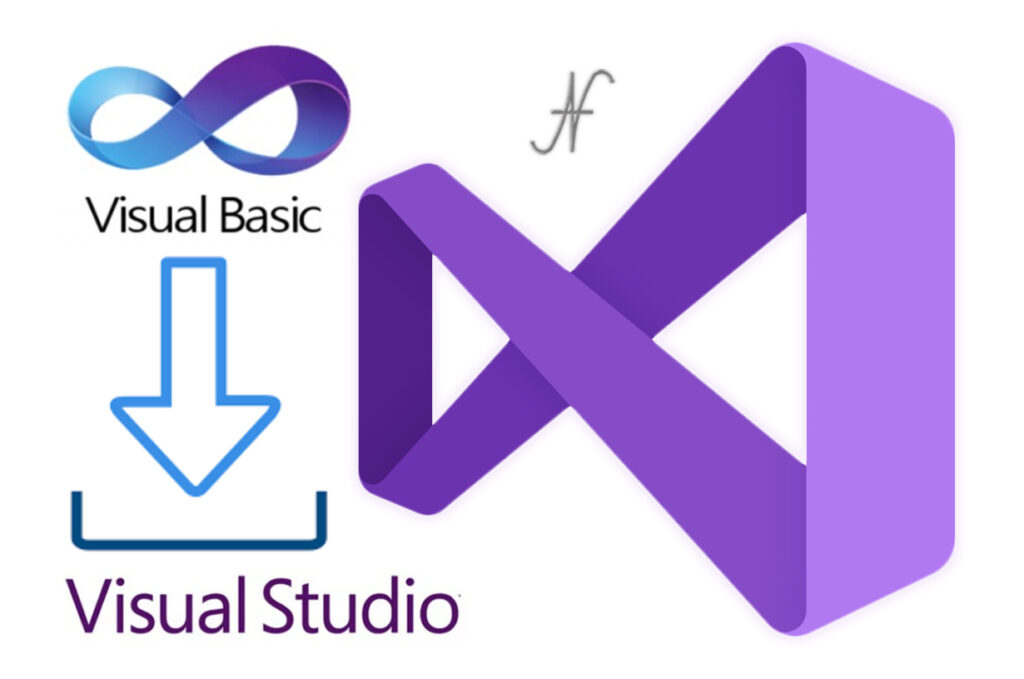
Free eBooks for Beginners
Visual Basic .NET (VB.NET) is a programming language that is designed for beginners. It is similar to Visual Basic, which was popular in the 1990s, but it has been updated and improved for modern use. In this article, we will discuss how to use conditions in VB.NET.
A condition is a statement that tests whether something is true or false. If the statement is true, then a certain action is taken. If the statement is false, then a different action is taken. For example, if you want a program to check if a number is even or odd, you would use a condition to test if the number is divisible by 2. If it is, then the number is even. If it is not, then the number is odd.
There are several types of conditions that you can use in VB.NET, including:
- If-Then: This is the most basic type of condition. It tests a single statement and takes one action if the statement is true, and another action if the statement is false. For example, you can use an If-Then condition to check if a number is greater than or equal to 100. If it is, then the program will display “Number is greater than or equal to 100”. If it is not, then the program will display “Number is less than 100”.
- If-Then-Else: This type of condition is similar to the If-Then condition, but it allows you to take two different actions based on whether the statement is true or false. For example, you can use an If-Then-Else condition to check if a number is positive or negative. If it is positive, then the program will display “Number is positive”. If it is negative, then the program will display “Number is negative”.
- Select Case: This type of condition allows you to test a single variable against multiple values. It is useful when you want to take different actions based on the value of a variable. For example, you can use a Select Case condition to check the value of a variable that represents the day of the week. If the value is “Monday”, then the program will display “Today is Monday”. If the value is “Tuesday”, then the program will display “Today is Tuesday”, and so on.
- While: This type of condition allows you to repeat a block of code while a certain condition is true. For example, you can use a While condition to check if a number is less than 10. If it is, then the program will add 1 to the number and display the new value. This will be done repeatedly until the number is greater than or equal to 10.
- For: This type of condition allows you to repeat a block of code a certain number of times. For example, you can use a For condition to count from 1 to 10. The program will display the current number and then add 1 to the number. This will be done repeatedly until the number is greater than 10.
Using conditions in VB.NET can be a great way to control the flow of your program and make it more efficient. With a little practice, you’ll be able to use conditions to create powerful and useful programs. Remember to always test your conditions thoroughly and to use comments to explain what your code is doing, so that others can understand it easily.
Cookbook – VisualBasic.NET for Beginners – Chapter 05 : Conditions
 Loading...
Loading...
Disclaimer: The information and code presented within this recipe/tutorial is only for educational and coaching purposes for beginners and developers. Anyone can practice and apply the recipe/tutorial presented here, but the reader is taking full responsibility for his/her actions. The author (content curator) of this recipe (code / program) has made every effort to ensure the accuracy of the information was correct at time of publication. The author (content curator) does not assume and hereby disclaims any liability to any party for any loss, damage, or disruption caused by errors or omissions, whether such errors or omissions result from accident, negligence, or any other cause. The information presented here could also be found in public knowledge domains.
Learn by Coding: v-Tutorials on Applied Machine Learning and Data Science for Beginners